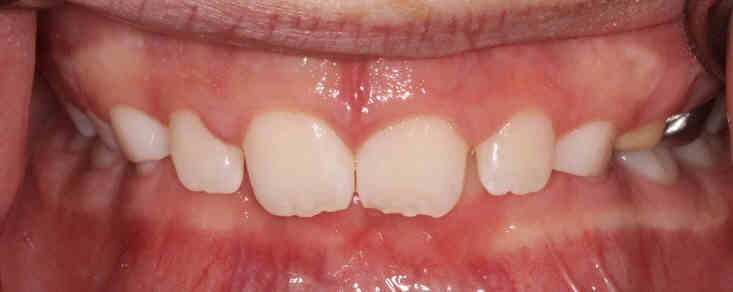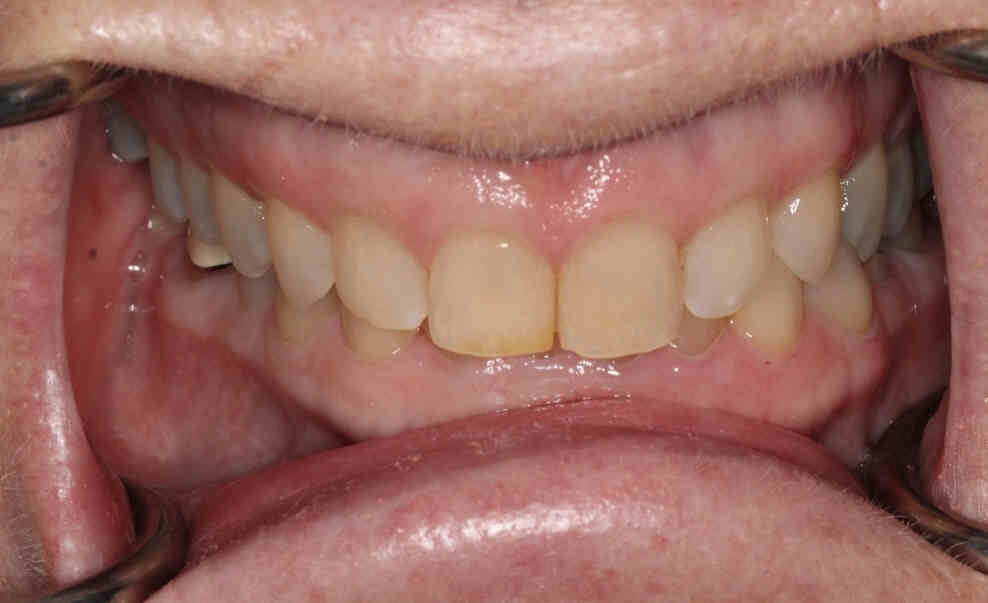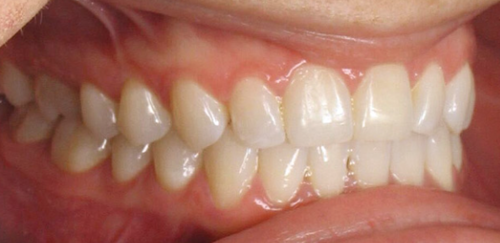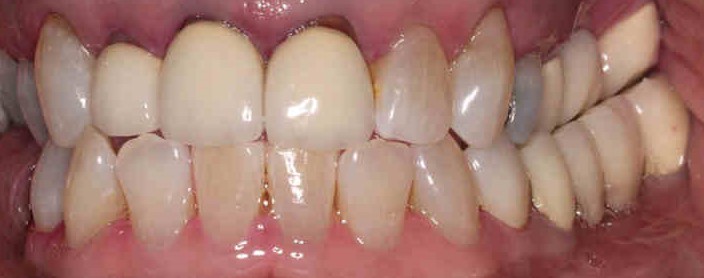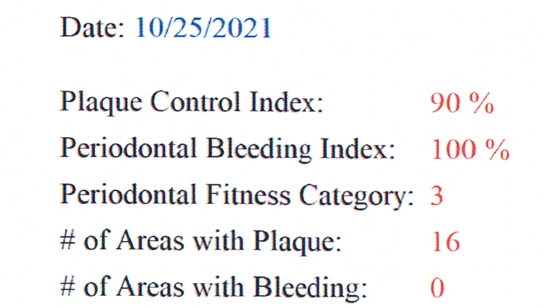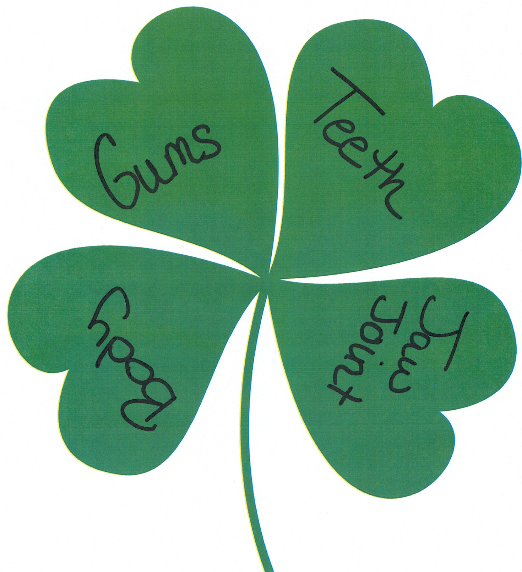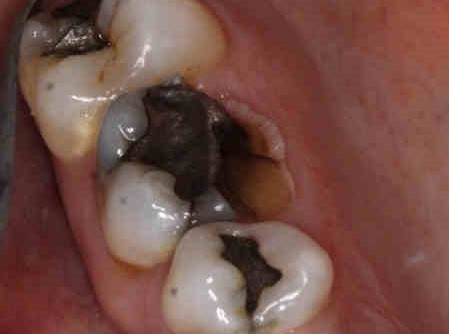Authored by Kayla, RDH/Myofunctional Therapist
Over 4 years ago a patient came into our practice with the chief concern of multiple areas of decay. After their initial exam with Dr. Roper, I found the patient in my hygiene chair for a cleaning. We began discussing solutions for the patient’s recurrent decay and generalized plaque associated gingivitis. We also discussed the patient’s long history of decay. At the conclusion of their appointment the patient left with a tube of Enamelon toothpaste, a fluoride based toothpaste that I recommended to help strengthen the patient’s enamel.
A few months later the patient returned stating that the Enamelon wasn’t the right fit. I then recommended the patient try CariFree toothpaste to help with decay prevention as well as an oral probiotic to eliminate some of the bad bacteria in the patient’s mouth. The patient also modified their homecare routine and become more diligent about brushing and flossing regularly. Three months later the patient stopped by the office to purchase more CariFree toothpaste and another 90 day supply of the oral probiotic. At the patient’s next appointment things had improved. Although they still had areas of generalized plaque build up, no new areas of decay were present.
The patient was pleased with their progress and kept purchasing CariFree toothpaste and oral probiotics over the nex t few year. Eventually, the patient decided to start using an electric toothbrush to further maintain their cavity free status. The patient was doing everything that I recommended to stop the amount of plaque that was building up on their teeth between cleanings, and yet the patient was still reporting to the office every six months with a significant amount of plaque build up and areas of bleeding even though they weren’t experiencing active decay.
Three years later, despite the patient’s diligence and consistency, they were once again sitting in Dr. Roper’s chair for fillings. A dental fitness report from early 2021 indicated that this patient only had 39% plaque control. For nearly 4 years the patient had been compliant and consistent, and yet they were still struggling with plaque control, bleeding, and, once again, decay. At the same time I was taking courses to become a myofunctional therapist. As I was working through my program this patient came to mind several times as someone who would be a good candidate for myofunctional therapy. The patient struggled with mouth breathing in addition to the bleeding and plaque build up in their mouth.
A few months ago I began seeing this patient for myofunctional therapy sessions. Our primary goals were to improve the lip seal, tongue posture, and minimize mouth breathing. I provided the patient with a new set of exercises at each session and immediately began to notice improvement with their lip seal and tongue posture. The ability to breath through their nose was slowly starting to improve as well. After seven myofunctional therapy sessions the patient came back for another hygiene appointment. Their plaque control was now at 77%! The patient’s homecare remained the same and they continued using the same oral hygiene products–the only thing that had changed in the last six months between appointments was the implementation of myofunctional therapy. With the improved ability to breath through their nose the patient was able to reduce the amount of plaque and decay building up between hygiene visits. Breathing through the mouth can dry out gums and change the bacteria levels in the mouth, which both lead to decay and periodontal disease. Through myofunctional therapy, this dedicated and compliant patient, was finally approaching a healthy level of plaque control!
